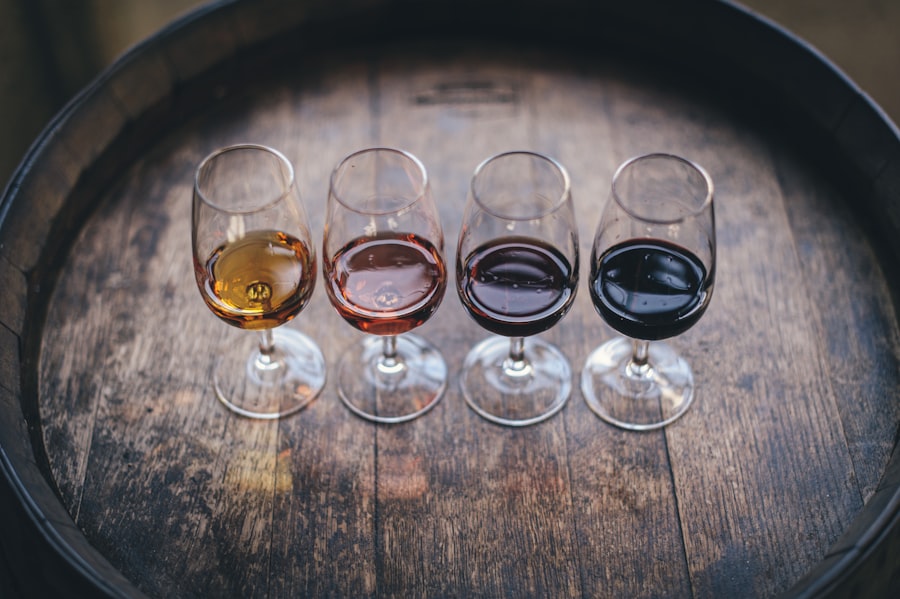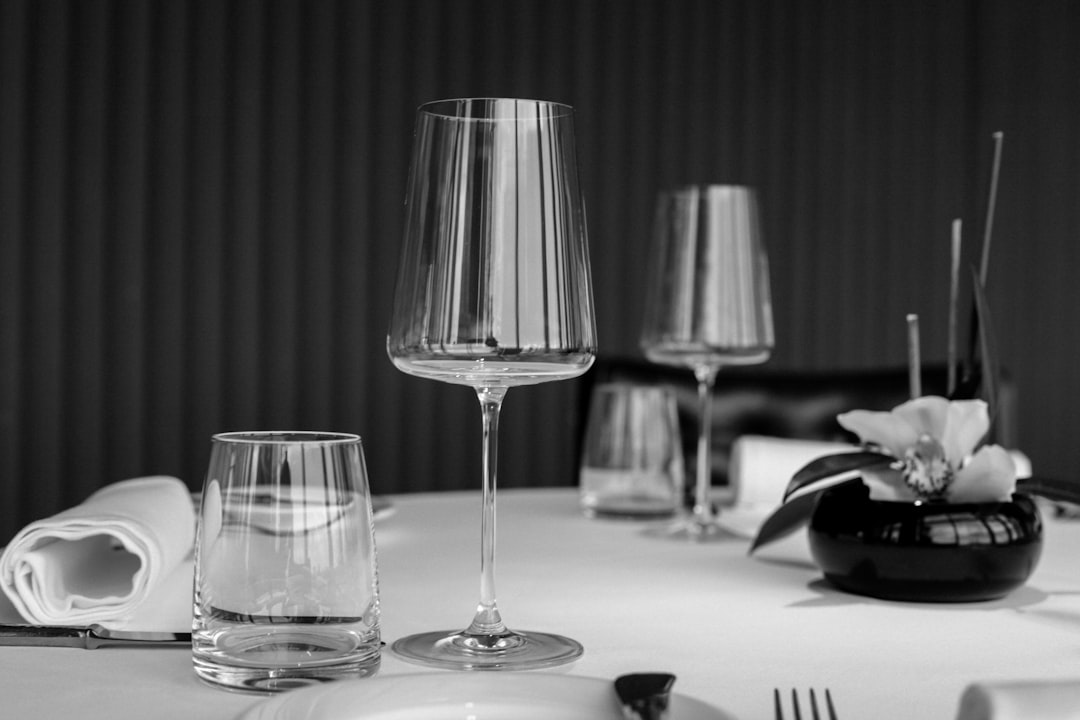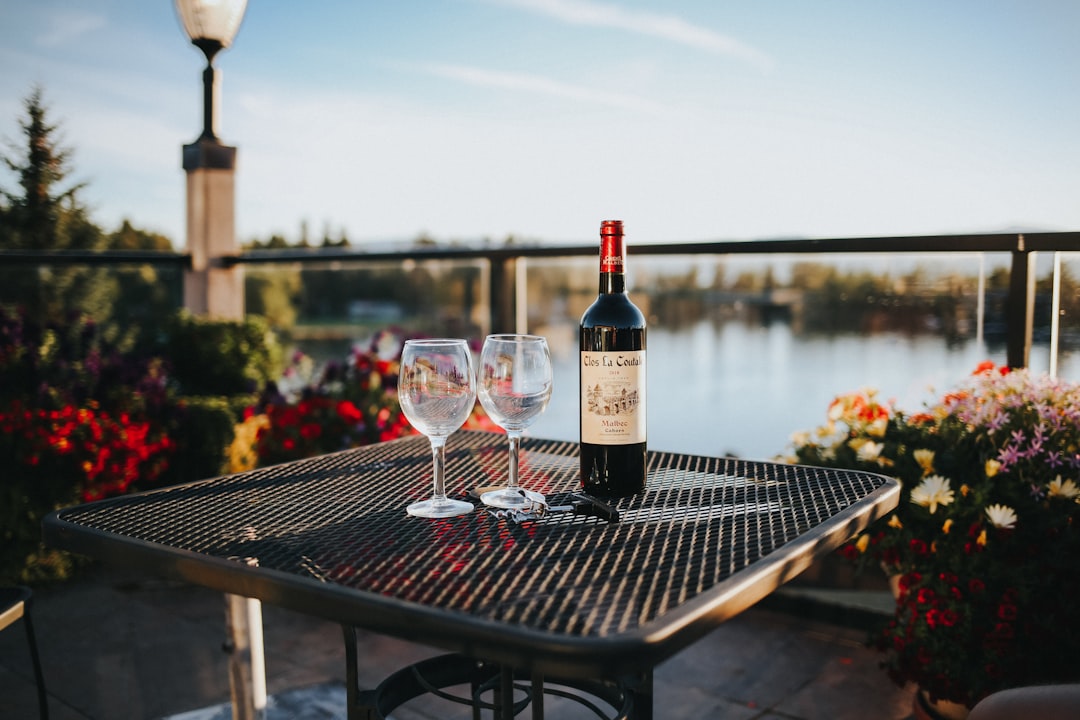Wine and food pairing is an age-old practice that enhances the dining experience by creating a harmonious relationship between the flavors of the dish and the characteristics of the wine. At its core, the concept revolves around the idea that certain wines can elevate the taste of food, while specific dishes can bring out the best in a wine. This synergy is not merely subjective; it is rooted in the fundamental principles of flavor profiles, textures, and aromas.
The goal is to achieve a balance where neither the wine nor the food overpowers the other, allowing both to shine. To begin with, understanding the basic components of wine—such as sweetness, acidity, tannins, and body—is essential for effective pairing. For instance, a high-acid wine can cut through rich, fatty foods, while a full-bodied wine may complement hearty dishes.
Similarly, the flavors in food—ranging from savory umami to sweet and spicy—can interact with the wine’s characteristics in complex ways. This interplay is what makes wine and food pairing both an art and a science, inviting enthusiasts to explore various combinations to discover their personal preferences.
Key Takeaways
- Understanding the Basics: Wine and food pairing is about finding complementary flavors that enhance each other.
- The Science Behind Pairing: Flavors interact in complex ways, with elements like sweetness, acidity, and bitterness playing a role in how they pair with food.
- The Role of Tannins and Acidity in Wine Pairing: Tannins and acidity in wine can cut through the richness of meat and cheese, balancing the flavors.
- Pairing Red Wine with Meat and Cheese: Red wine with its tannins pairs well with the richness of meat and cheese, enhancing the flavors.
- Pairing White Wine with Seafood and Vegetarian Dishes: White wine’s acidity and lightness complement the delicate flavors of seafood and vegetarian dishes.
The Science Behind Pairing: How Flavors Interact
How Flavors Interact
A sweet wine can soften the bitterness of certain foods, while a salty dish can enhance the perception of sweetness in a wine. The concept of flavor compounds is vital in this context. Both food and wine contain various compounds that contribute to their overall flavor profile.
Harmony and Clash
When these compounds interact, they can create new sensations on the palate. For instance, the fruity notes in a Sauvignon Blanc can harmonize beautifully with the herbal elements of a dish featuring fresh basil or cilantro. Conversely, a clash can occur when strong flavors compete for attention; for example, pairing a delicate white wine with a heavily spiced dish may overwhelm the wine’s subtleties.
The Art of Balance
Understanding how flavors interact is an art that requires balance and harmony. By recognizing how different flavors can work together, you can create perfect pairings that elevate the dining experience.
The Role of Tannins and Acidity in Wine Pairing

Tannins and acidity are two critical components that significantly influence how wines pair with food. Tannins are polyphenolic compounds found in grape skins, seeds, and stems, contributing to a wine’s structure and mouthfeel. They impart astringency, which can be particularly beneficial when paired with protein-rich foods like red meats.
The reason behind this lies in the way tannins interact with proteins; they bind to them, softening their texture and enhancing the overall experience. For instance, a bold Cabernet Sauvignon with high tannins can beautifully complement a juicy steak, as the tannins help to soften the meat’s richness. On the other hand, acidity plays a different yet equally important role in pairing.
Wines with higher acidity can provide a refreshing contrast to rich or fatty foods. This is particularly evident in white wines like Chardonnay or Riesling, which often have bright acidity that cuts through creaminess or oiliness in dishes. A classic example is pairing an acidic Sauvignon Blanc with fried calamari; the wine’s acidity balances the dish’s richness while enhancing its flavors.
Understanding how to leverage tannins and acidity allows for more nuanced pairings that elevate both the food and wine.
Pairing Red Wine with Meat and Cheese
| Wine Type | Meat Pairing | Cheese Pairing |
|---|---|---|
| Merlot | Beef, Lamb | Gouda, Cheddar |
| Cabernet Sauvignon | Steak, Venison | Blue Cheese, Parmesan |
| Malbec | Pork, Duck | Manchego, Pecorino |
| Pinot Noir | Chicken, Turkey | Brie, Camembert |
Red wines are often celebrated for their ability to pair well with various meats and cheeses, thanks to their robust flavors and structural components like tannins. When it comes to meat, red wines such as Merlot or Syrah are excellent choices for grilled or roasted meats due to their full-bodied nature and rich fruit profiles. For instance, a smoky barbecue brisket pairs wonderfully with a Zinfandel; the wine’s jammy fruit notes complement the sweetness of the barbecue sauce while its tannins cut through the meat’s fat.
Cheese pairing is another area where red wines excel. The key lies in matching the intensity of both the cheese and the wine. Aged cheeses like cheddar or gouda often have complex flavors that can stand up to bold red wines such as Cabernet Sauvignon or Malbec.
The tannins in these wines help to soften the cheese’s richness while enhancing its nutty or caramel notes. A classic pairing would be a sharp aged cheddar with a robust Cabernet; the wine’s structure balances the cheese’s creaminess while allowing both elements to shine.
Pairing White Wine with Seafood and Vegetarian Dishes
White wines are often favored for their versatility when it comes to pairing with seafood and vegetarian dishes. The lightness and acidity found in many white wines make them ideal companions for delicate flavors found in fish and shellfish. For example, a crisp Pinot Grigio pairs beautifully with grilled shrimp; its bright acidity enhances the natural sweetness of the seafood while providing a refreshing contrast to any seasoning used.
Vegetarian dishes also benefit from thoughtful white wine pairings. The key is to consider the dominant flavors in the dish. A creamy risotto made with mushrooms can be complemented by an oaked Chardonnay; the wine’s buttery notes mirror the creaminess of the risotto while its acidity cuts through richness.
Alternatively, a fresh salad featuring citrus elements can be paired with a Sauvignon Blanc; its zesty character enhances the salad’s brightness while providing an invigorating palate cleanser.
The Art of Balancing Sweet and Spicy with Wine

Pairing wine with sweet and spicy dishes presents unique challenges but also exciting opportunities for exploration. The interplay between sweetness and spiciness can create dynamic flavor experiences when matched correctly. For instance, spicy Asian cuisine often benefits from off-dry white wines like Gewürztraminer or Riesling; their residual sugar helps to temper heat while enhancing aromatic spices like ginger or lemongrass.
On the other hand, balancing sweet dishes with wine requires careful consideration of both sweetness levels. A dessert featuring dark chocolate can be beautifully complemented by a rich Port or a bold Cabernet Sauvignon; both wines have enough body and structure to stand up to chocolate’s intensity while providing contrasting flavors that enhance each other. The key is to ensure that neither element overshadows the other; finding that sweet spot allows for an enjoyable tasting experience.
Exploring Regional Pairings: Matching Wine with Global Cuisines
Regional pairings offer an exciting avenue for exploring how local wines complement traditional cuisines around the world. Each region has its unique terroir that influences grape varieties and winemaking styles, resulting in distinct flavor profiles that often align perfectly with local dishes. For example, Italian cuisine is renowned for its pasta dishes paired with Chianti; this Sangiovese-based wine’s acidity cuts through tomato-based sauces while enhancing herbal notes found in Italian cooking.
Similarly, French cuisine showcases regional pairings that highlight local ingredients and wines. A classic example is pairing Burgundy Pinot Noir with coq au vin; the wine’s earthy undertones complement the dish’s rich flavors while allowing for a seamless integration of taste experiences. Exploring these regional pairings not only enhances meals but also provides insight into cultural traditions surrounding food and wine.
Pairing Wine with Desserts: Finding the Perfect Sweet Match
Dessert pairing is often seen as one of the most challenging aspects of wine pairing due to varying levels of sweetness and richness found in desserts. However, when done correctly, it can elevate both elements to new heights. A fundamental rule is to ensure that the wine is at least as sweet as the dessert; otherwise, the wine may taste flat or overly acidic in comparison.
For instance, pairing a rich chocolate cake with a late-harvest Riesling creates an exquisite balance; the wine’s sweetness complements chocolate’s richness while its acidity cuts through heaviness. Alternatively, fruit-based desserts like tarts or sorbets can be paired with sparkling wines such as Prosecco; its effervescence enhances freshness while providing a delightful contrast to sweetness. Understanding these dynamics allows for creative exploration in dessert pairings.
The Influence of Aromas and Bouquets on Pairing
Aromas play an integral role in how we perceive flavors when pairing wine with food. The bouquet of a wine—the complex array of scents released from it—can significantly influence our expectations and enjoyment of both food and wine combinations. For example, a floral Sauvignon Blanc may evoke thoughts of springtime herbs when paired with dishes featuring fresh greens or citrus elements.
Moreover, certain aromatic compounds found in both food and wine can create synergies that enhance overall tasting experiences. A dish seasoned with rosemary may find harmony with a Cabernet Sauvignon that exhibits herbal notes; this connection between aroma and flavor creates an immersive dining experience where each element complements rather than competes against one another.
Tips for Pairing Wine and Food at Home
Pairing wine and food at home can be an enjoyable yet daunting task for many enthusiasts. One effective approach is to start by considering key components such as flavor intensity, acidity levels, and texture when selecting pairings. A good rule of thumb is to match lighter wines with lighter dishes and fuller-bodied wines with heartier fare; this foundational principle helps establish balance.
Experimentation is also crucial; don’t hesitate to try unconventional pairings that pique your interest. Keeping a journal of successful combinations can help refine your palate over time while providing insights into what works best for your taste preferences. Additionally, involving friends or family in tastings can lead to lively discussions about flavor experiences—an excellent way to learn from one another while enjoying good food and wine together.
The Ultimate Guide to Hosting a Wine and Food Pairing Party
Hosting a wine and food pairing party offers an opportunity to share your passion for culinary exploration with friends while creating memorable experiences around shared tastes. Begin by selecting a theme—whether it’s regional cuisine or specific grape varieties—to guide your menu planning. This focus will help streamline your selections while providing guests with an engaging narrative throughout the evening.
When curating your menu, aim for diversity by including various flavor profiles that allow guests to explore different pairings throughout the night. Consider offering small bites or tapas-style dishes that encourage sampling without overwhelming guests’ palates. Providing tasting notes for each pairing can enhance understanding while sparking conversations about individual preferences.
Finally, create an inviting atmosphere by setting up designated tasting stations where guests can sample different wines alongside corresponding dishes at their own pace. This interactive format encourages exploration while fostering connections among attendees as they share their thoughts on each pairing experience—ultimately making for an unforgettable evening centered around good food and great company.



